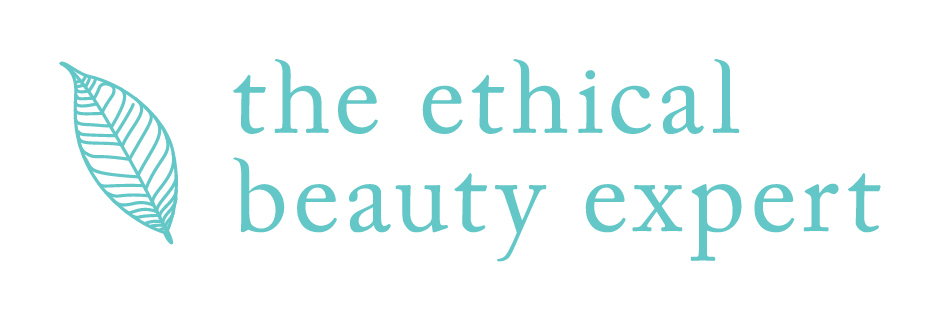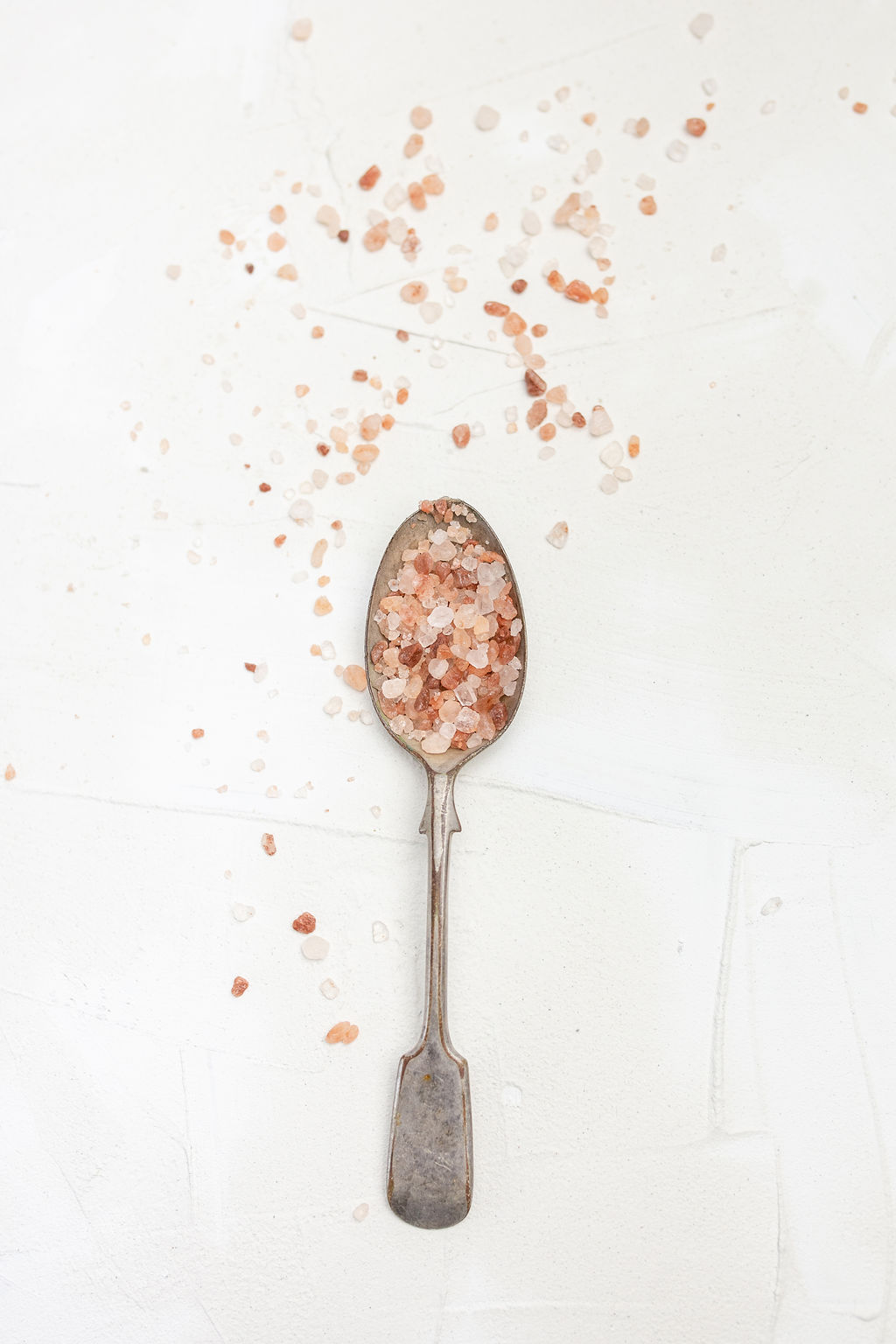We all know that eating sugar doesn’t do our health or waistlines any favours, so that is nothing new.
And although so many people’s diets have gone off the rails during a midnight chocolate, lollies or alcohol binge – an elevated sugar intake isn’t just the death knell for your waistline – it also triggers acne flare ups, rosacea, eczema, gut issues and premature ageing.
Sugar also prompts unhealthy eating as it creates cravings, energy levels to rise and plummet in the middle of the day, and then again around 4 pm.
If you would like to break the sugar habit – it may help you to understand what it is doing to your skin, your body and your brain!
Understanding how sugar affects the body.
When we digest sugar, enzymes in the small intestine break it down into glucose. This glucose is then released into the bloodstream where it is transported to tissue cells in our muscles and organs, where it in turn it is converted into energy.
The pancreas contains beta cells that monitor the amount of glucose in the bloodstream, and they release insulin to control our sugar levels.
Basically, this means, if you consume more sugar than your body needs right away, it gets stored as fat for later use to keep your blood sugar levels constant.
If your body is unable to produce enough insulin to deal with the huge amounts of sugar you are consuming, it causes blood sugar levels to rise to dangerous levels.
The problem is that sugar consumption has tripled world-wide in the past 50 years, and in Europe alone, where they eat less sugar than in Australia and the USA – people on average are consuming 100gms of sugar per day – which is a far cry from the recommended sugar intake of 2 teaspoons which equals 20gms per day.
You think you don’t consume that much sugar in a day? That’s great! But check the following information – you may be horrified to find you consume more sugar than you think.
Some of the major sugar loaded culprits are – fizzy drinks, fruit juice, dried fruit, alcohol, health food bars (check the sugar in those!) tomato sauce or any other flavour enhancing sauce. Packaged foods, pre-sauced meals.
Basically, most things you buy in a packet off the shelves in the supermarket.
If you are thinking – but I am good, I don’t eat any of those things – what is the glycaemic index of the foods that you are eating – the higher the glycaemic index the faster these foods turn to sugar. Foods such as white bread, white rice, white jasmine rice and pasta, rice crackers, chips, popcorn, gluten free foods (they are loaded with sugar to make up for lack of flavour) all of these foods turn to sugar and cause the body to become inflamed.
If your skin is looking dull and fatigued, or you are dealing with acne, eczema, rosacea, psoriasis or fine lines and wrinkles or premature sagging skin or your skin is looking older than it should even if everyone around you with aged skin says your skin is ok because you are over a certain age, so your skin should look lack lustre and old (that is not true!).
It is because our skin’s collagen is a protein and when you increase your sugar intake, the molecules attach to the collagen proteins and form free radicals.
These free radicals, cause oxidative damage – not only in our skin, but also throughout our body – when you see the damage in your skin, hair, or nails – you know the damage is rife internally – as the skin is the last place where you will see the effects of the sugar.
You are more likely to first see the side effects of your sugar intake as lack of energy and, or problems with your sleep cycle.
Sugar also causes inflammation.
Inflammation in turn produces enzymes that break down collagen and elastin. Digested sugar permanently attaches to the collagen in your skin (and body) through a process called glycation.
Glycation not only damages collagen and elastin, but it causes hyperpigmentation, and the skin to look lack lustre, pitted, saggy, dry and wrinkled. It is also the cause of acne, rosacea, eczema, psoriasis, fungal infections such as candida or thrush, excess hair growth -hirsutism (due to insulin resistance) dark patches in skin creases and cysts.
Reducing all forms of sugary foods, foods containing sugars, foods that become sugar – the high glycaemic index foods – such as rice crackers, chips, white bread etc including fruit juices as they are loaded with fructose – yes, fructose is classified as a healthy sugar – but only when you actually eat a piece of fruit as a fresh piece of fruit – not tinned, not dried, not as a form of sugar in your processed food.
Avoid corn syrup – as this is found in most processed foods – it is extremely high on the glycaemic index – and has multiple other nasty side effects.
Simply – avoid anything processed because sugar is disguised in food under different names.
A study done in 2002 published in the Archives of Dermatology shows strong evidence that certain food can cause breakouts.
Noting that acne is primarily a “Western” disease, researchers studied 1200 people in Papua New Guinea and 115 in Eastern Paraguay (people who eat a diet of fresh plant foods and lean meat they raise themselves) and didn’t see a single pimple.
Getting back to how sugar affects your body – and scarily – your brain.
Whilst sugar is wreaking havoc on your skin – it is also first and foremost damaging your internal system.
Besides fatigue – post sugar high -and unexplained cravings caused due to sugar being nutrient deficient – so you feel high when you consume sugar – but are then left craving for something nutrient dense – but the problem is – your body doesn’t know that it actually wants nutrients – so the brain craves more sugar instead.
This is where learning intuitive eating comes in to play – this will help you learn how to change eating sugar to fuel your body – to fuelling your body with nutrient dense food.
Sugar also affects your mood and everyday functions – and one of the things it takes its toll on is our brain.
If you are someone who turns to pastries, brownies or chocolates when you feel anxious or down or depressed – this is because the higher elevation in blood sugar may alter the body’s ability to respond to stress. This sweetness stimulates the brain’s reward centre and it might even be too pleasurable to the extent of creating a high from sugar.
“Scientists have proposed that sweet foods – along with salty and fatty foods can produce addiction like effects on the human brain, driving the loss of self- control, overeating and subsequent weight gain” says Dr Sahir Jamati head of psychology at Masina Hospital.
A high sugar diet can also cause more frequent bouts of emotional eating as the body desires to mitigate the effects of stress due to an elevation of sugar levels. This in turn increases the desire for comfort foods – which in turn builds a cycle of emotion driven eating habits.
If you have a sweet tooth and the thought of going cold turkey on no sugar scares you – you are not alone.
Sugar is as addictive as cocaine
But there are ways to get around wanting too much sugar.
Swap chocolate for dark chocolate
Bake your own low GI sugar free brownies or banana bread – both extremely easy recipes!
Swap sugar for honey – if vegan – sugar for maple syrup. Both have added health benefits – but raw honey is the winner – it improves your gut health – but it has to be raw – not processed – look for the word ‘raw’ on the honey.
Grab a piece of fruit or a punnet of berries when you are craving sugar, chew on sugar free gum. Eat a healthy fat food – such as avocado with vegemite on a grain filled piece of toast, or bake yourself something – there are plenty of healthy sugar free recipes out there besides the two I sent you.
Eat a piece of wholegrain bread with a full cream butter or a good quality vegan butter – you want fats – with honey or maple syrup.
Book a glowing skin and wellness consultation if you would like one on one help breaking your sugar addiction for a healthy glowing skin!
Yvette xx
Thank you for reading my blog!
Hi!
I am Yvette van Schie, I am a holistic beauty therapist, skin nutritionist, skincare developer and makeup artist. I am passionate about sharing real beauty advice with a whack of reality.
For over 38 years I have worked with the best in the beauty and health industry as a trainer, educator and product formulator and I still do – so my knowledge is diverse – I am not blinkered when sharing my information with you because everyone I speak to shares what they know, and I turn it into easy to digest information because I want my readers to feel empowered to make their own decisions and to feel that they are fully in control of their beauty and well being.





